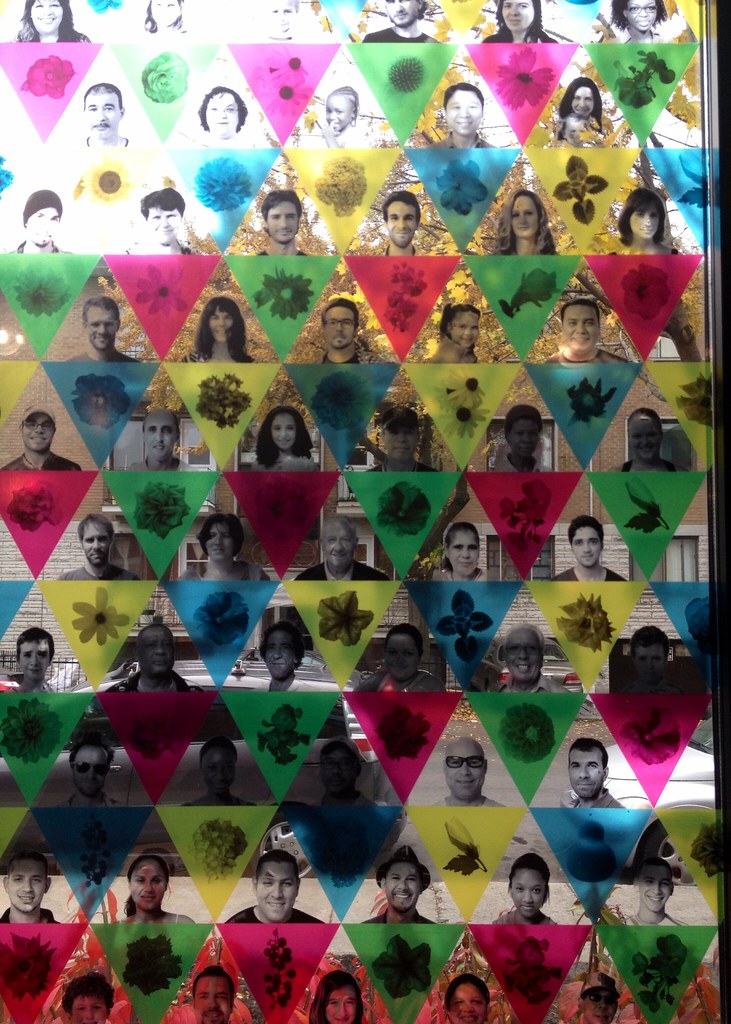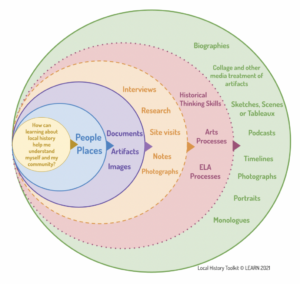Students
Researching local history is a great way to learn about yourself, your community, and historic events.
Learning about a specific time period in school? Research what was happening in your local community during the same time period: What social groups lived there? What did people do? How did people live? What locations were important to daily lifeDaily life is the things that you do every day as part of your normal life....?
You are a history detective, researcher, and reporter. Contact local people and organizations, interview them to learn about your town’s history, and then use your findings to create something others can enjoy!
Teachers
Local history can help students understand themselves and their communities.
There are many different ways to incorporate local history while targeting multidisciplinary competencies and the intellectual operations. LEARN is developing a website with resourcesResources are anything taken from the earth or nature that people need, use, and are "valued".... and information about local history.
Here is a teacher’s guide for a local history project called Community Profiles and Portraits. It contains videos, graphic organizers, and example assessments that could be used for elementary cycle 3. The materials can be adapted for different abilities/levels. The content is suitable for social sciences, ELA, and art classes.
Students may:
- Select local people and places that were significant to the Indigenous, French, and Anglophone communities around the 1980s (or another time period)
- Research their topic using local sources of information
- Activate social sciences, ELA, art, and digital competencies while creating a learning product to teach others about their community.
Let’s encourage students to connect to local people and places and put their history on the map!


